〈Working On the Water〉 Wild Kanezaki Tiger Pufferfish from Munakata
Wild Torafugu from Kanezaki
Kaneno-misaki is the cape that marks the division between the Hibiki Sea and the Genkai Sea. The Kanezaki Longline Fishing Fleet departs from close to this cape. The fishing boats head for a spot that takes up to six hours to reach, between Oshima and the northeastern waters of Tsushima. The prized catch they seek is wild tiger pufferfish (torafugu) that matures in the rough waters of the Genkai Sea and the Tsushima Current. This year, torafugu will once again be landed in Kanezaki, offering the finest aroma, umami, firmness, and texture.
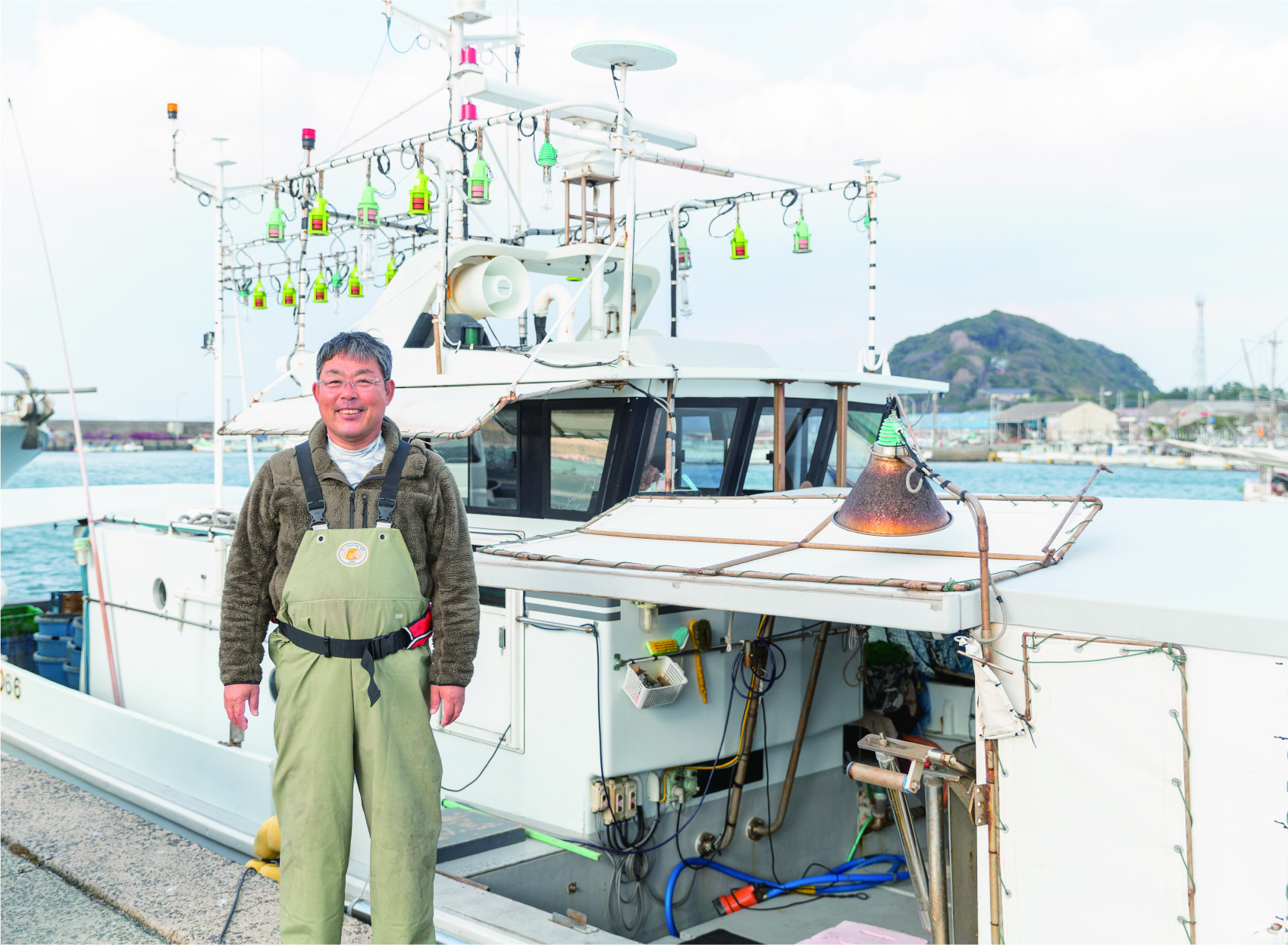
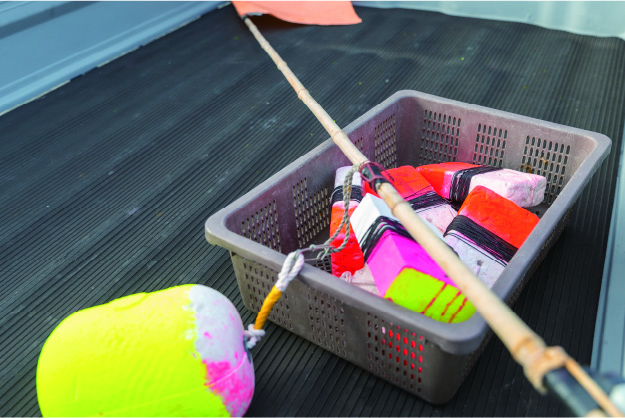


Inquiries: Kaneno-misaki Live Fish Center
Address: 778-6 Kanezaki, Munakata
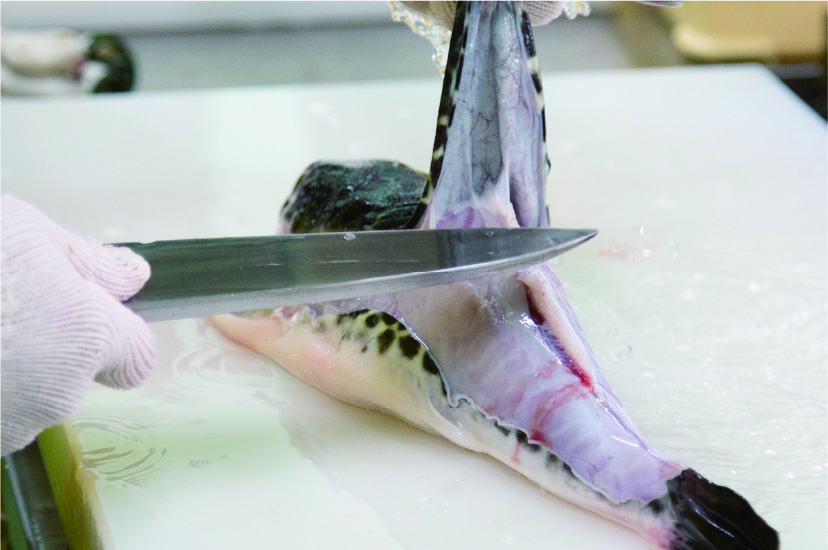
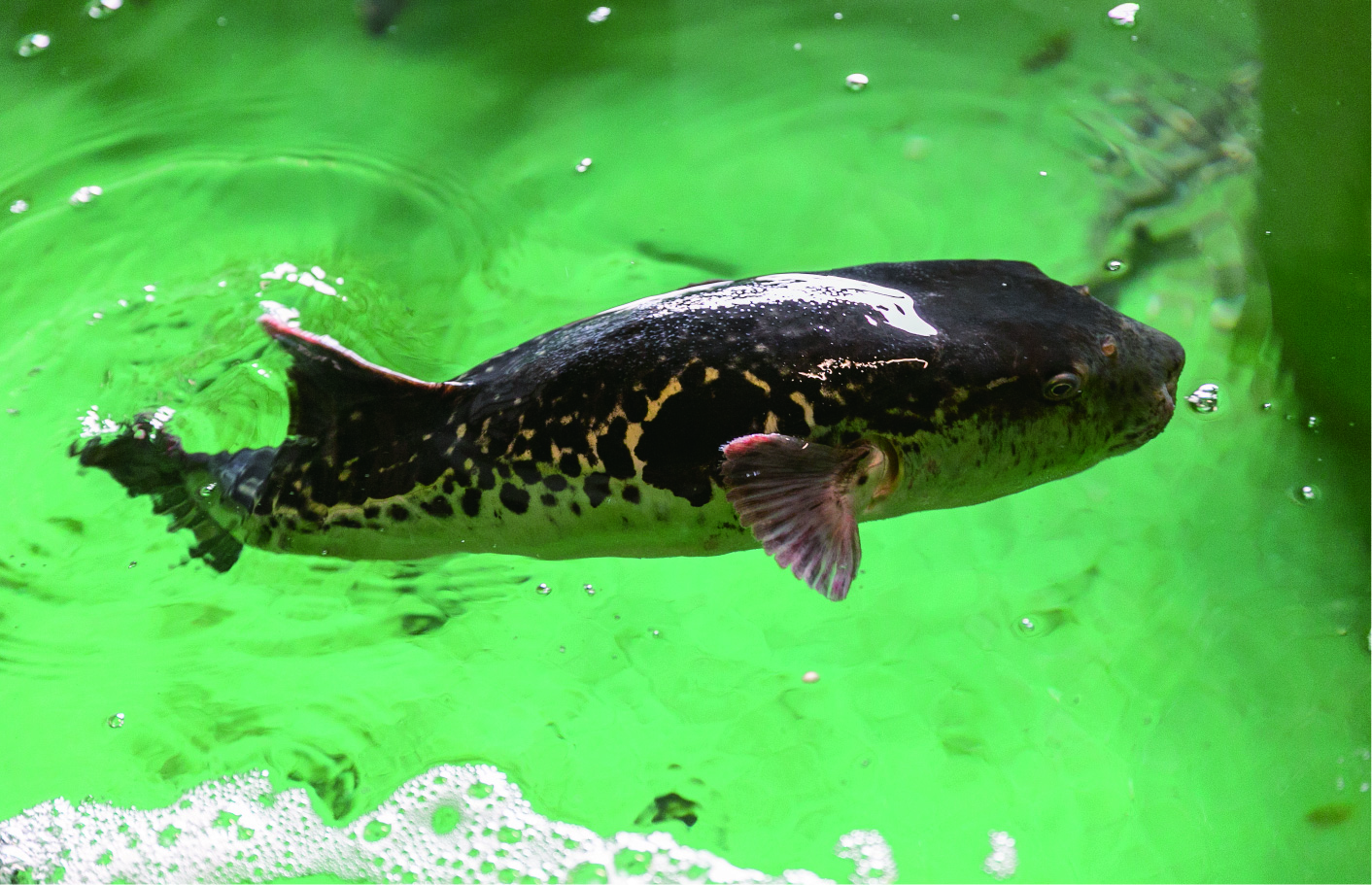
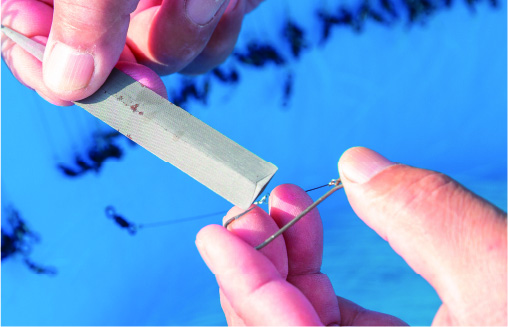
More fish are landed at Kanezaki fishing port in Munakata than at any other port in Fukuoka Prefecture. This is the headquarters of the Kanezaki Longline Fishing Fleet, which belongs to the Munakata Fisheries Cooperative. The fishermen working the fleet go out to sea to catch the tiger pufferfish that has become the prefecture’s premium brand, Wild Kanezaki Tiger Pufferfish. The fleet consists of nearly 30 large fishing vessels, 16 to 19 tons each. “The fleet is smaller than it once was, but still no others are as big, I don’t think,” says fleet leader, Hisahito Matsumoto. When Japanese people hear the word torafugu, they immediately think of Shimonoseki, but in fact, most wild tiger pufferfish is landed here, and within Fukuoka Prefecture, torafugu is practically synonymous with Kanezaki.
Catching the tiger pufferfish involves longline fishing with floats (uki-haenawa in Japanese), whereby a long trunk rope is used that has short branch lines to which baited hooks are attached at intervals. Matsumoto fishes with over 1,000 hooks. At times he has caught as many as 160 puffers in a day. But he says that when the catch is good, the price per fish drops, so the timing is tricky for selling them at market.
Approximately 80 percent of Wild Kanezaki Tiger Pufferfish is shipped to the Haedomari Market in Shimonoseki, and from there it goes to high-end restaurants in Osaka and Tokyo. For some of the catch from Kanezaki, processing is done at the cooperative’s Kaneno-misaki Live Fish Center—the venomous parts of the fish are cut out—before being shipped to the highest-end restaurants located in Tokyo’s Ginza and Akasaka districts. The center processes other kinds of fish as well, purchased directly from fishermen in Kanezaki, for delivery to restaurants and to sell to the public. The center’s director, Masakazu Tamura, is licensed as a “fugu processor” by Fukuoka Prefecture. As he explains it, “Different species of pufferfish contain different venomous parts, so you need a specialist in fugu processing—someone who has experience and knowledge of mikaki—to remove those parts that would be very dangerous if consumed.” Tamura slices even large torafugu with deft strokes at lightning speed.
A special event—the Wild Kanezaki Tiger Pufferfish Fair—is held in Munakata, Fukutsu, and other municipalities during the February and March fugu season, so that’s a great time to come and taste this delicacy at its place of origin.




